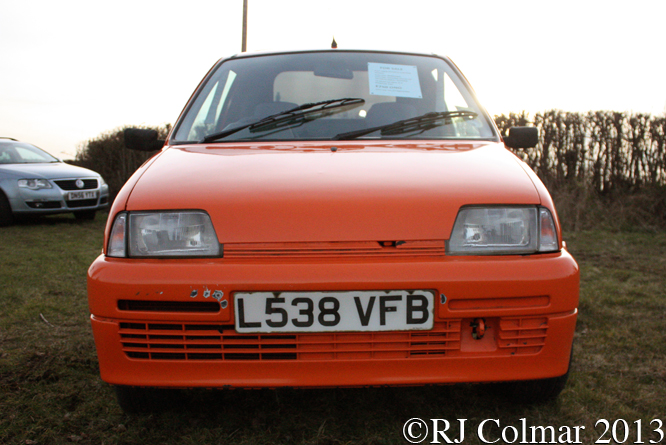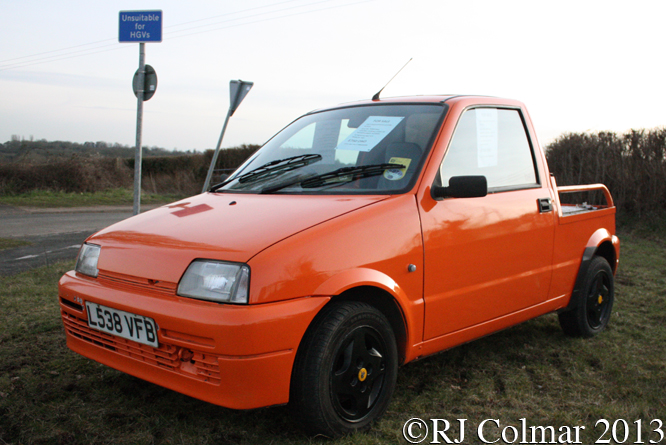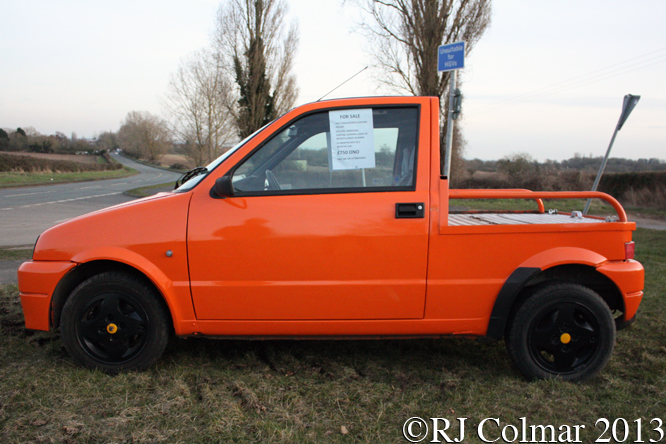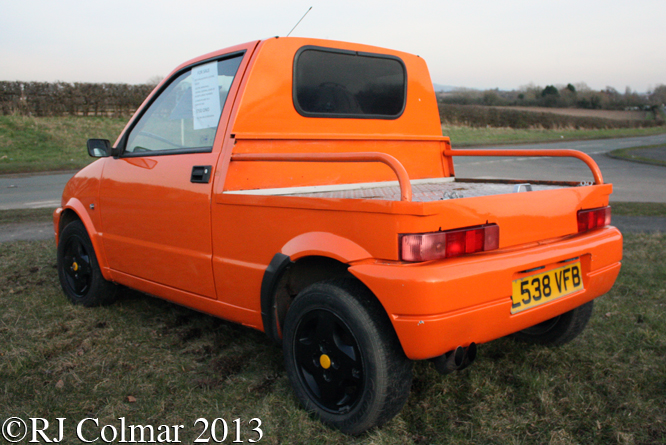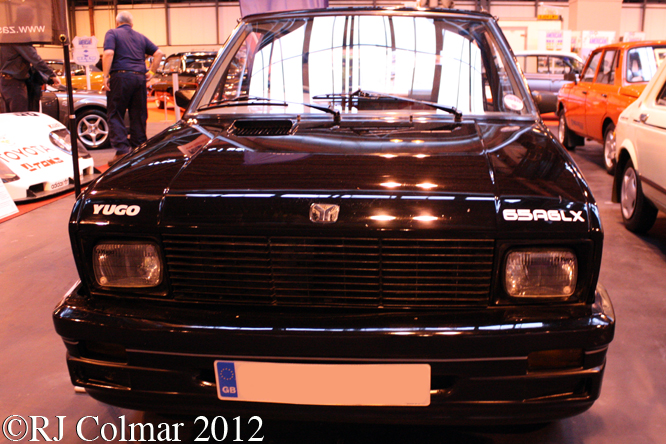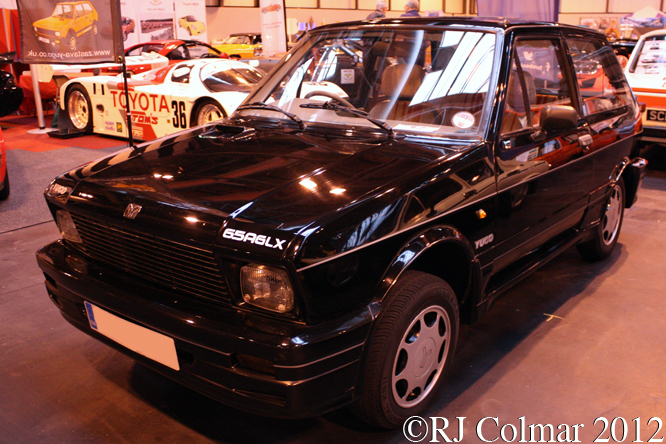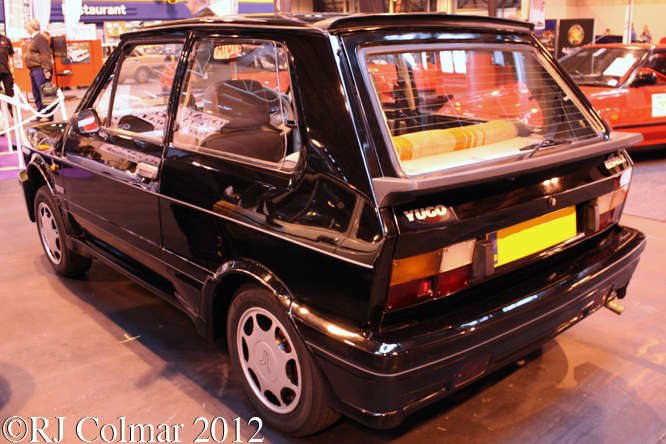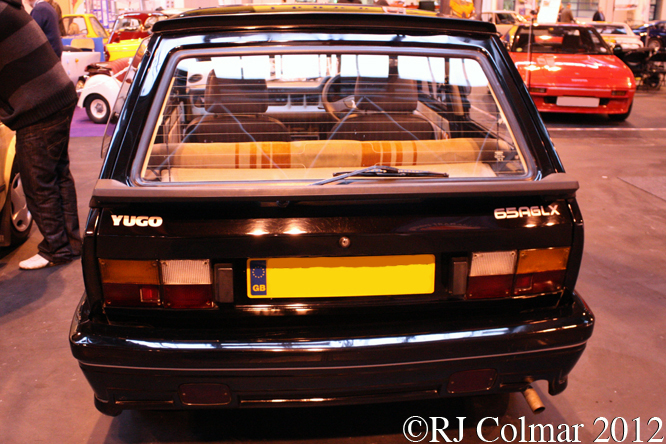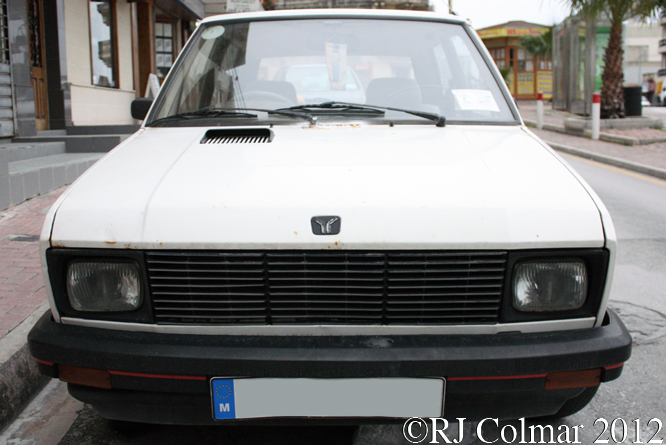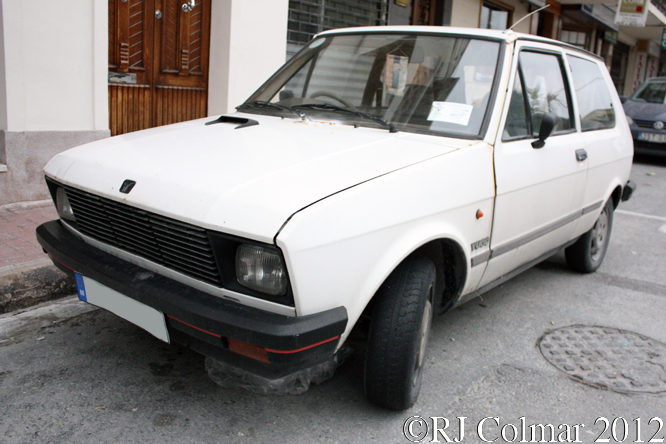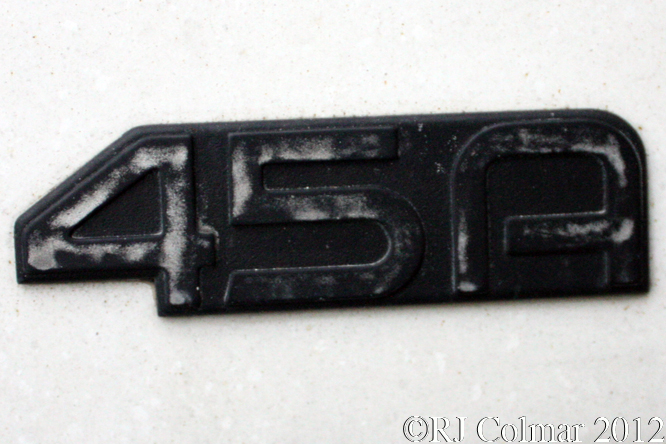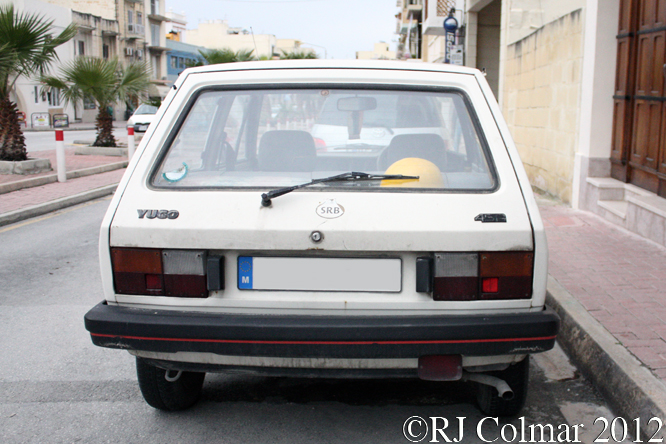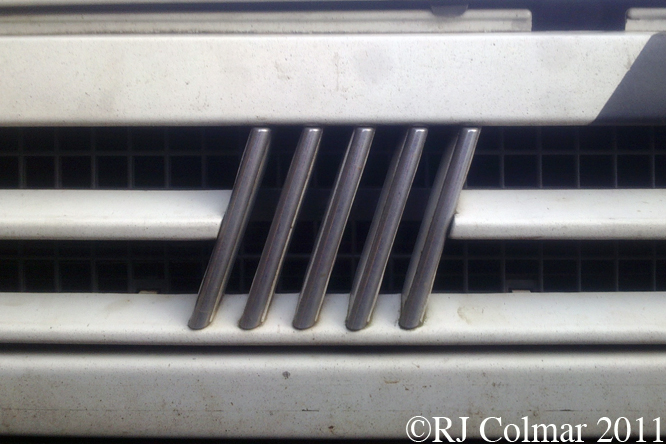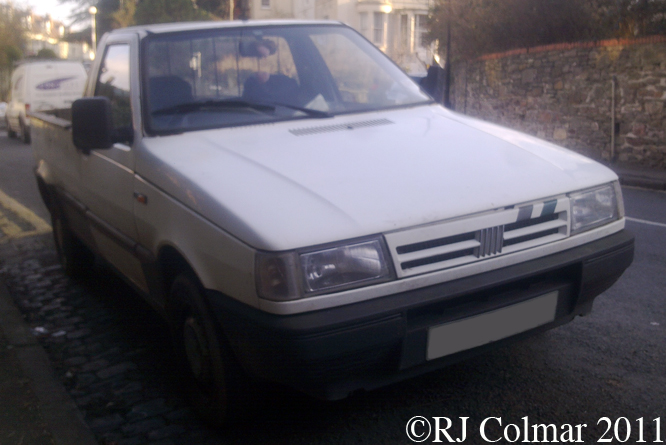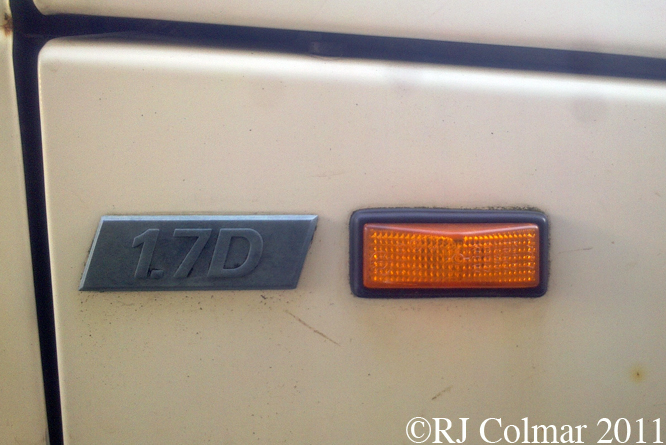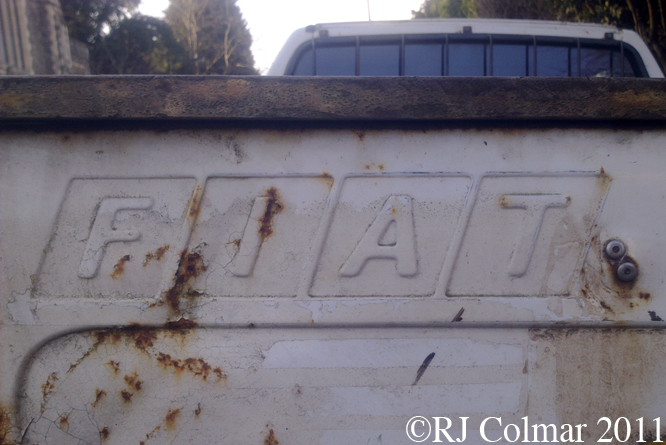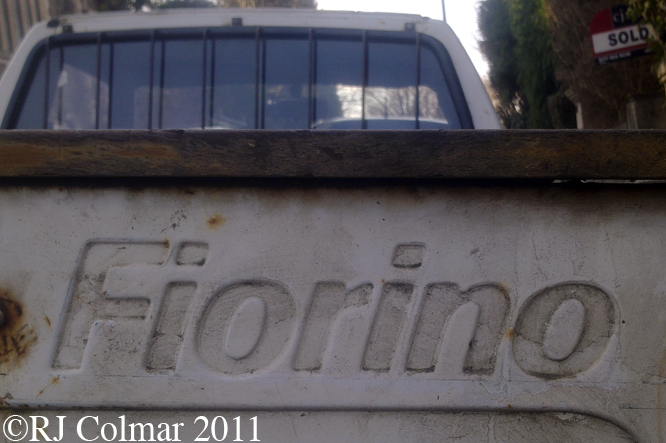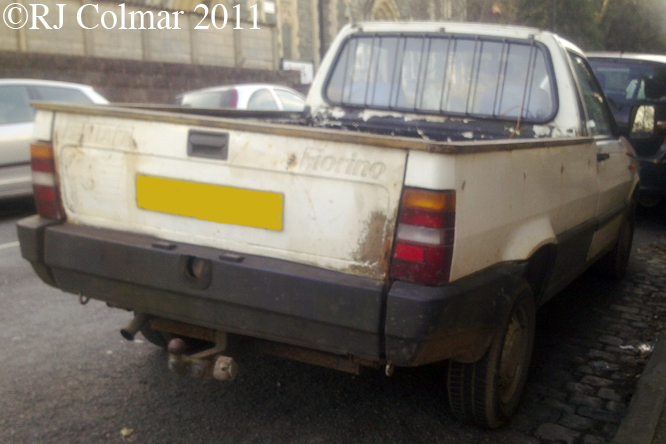In 1971 FIAT launched it’s 127 model which was to replace the 850 that was being phased out of production.
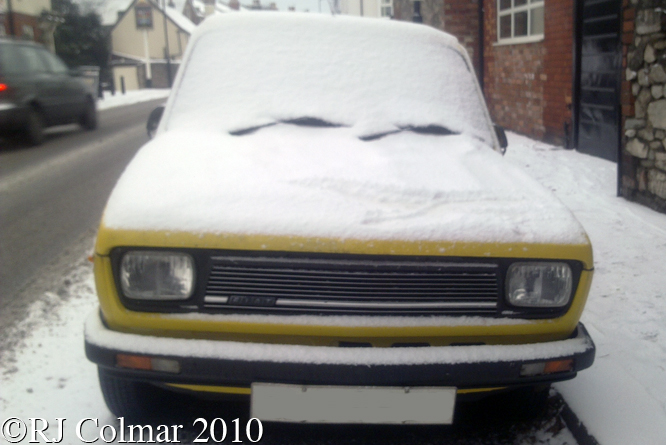
Initially the 127 was only available as a 2 door a, the hatchback was not introduced until 1972, Spanish built variants with 4 and 5 doors were later marketed under the SEAT and FIAT names.
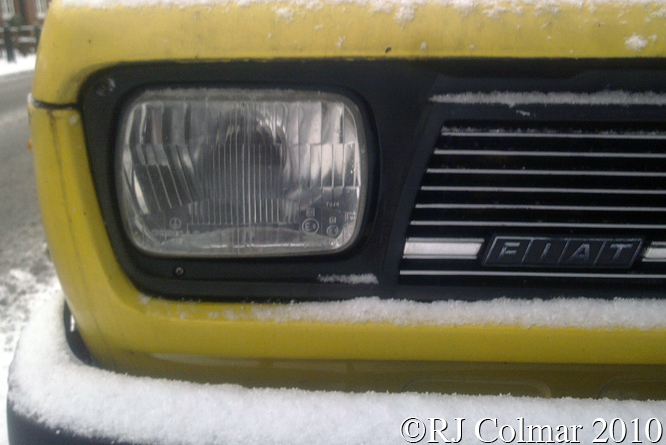
Unlike the rear engine rear wheel drive 850 model it replaced the 127 had the Dante Giacosa designed 45hp 903 cc FIAT 100 derived engine first seen in the 1955 FIAT 600 mounted in the front with the transmission driving the front wheels.
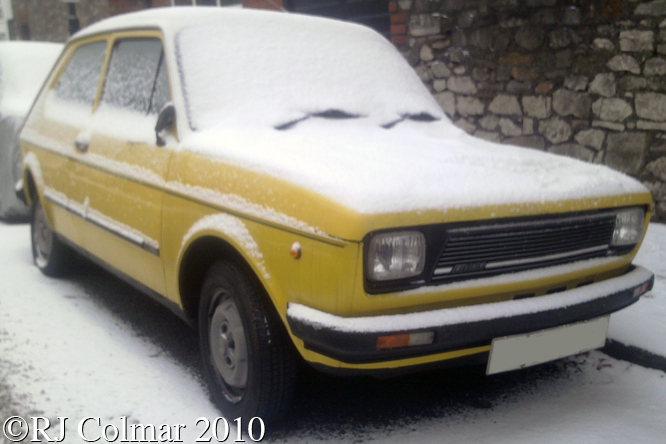
European journalists voted the 127 European Car of the Year in 1972 two years after it’s larger sibling the FIAT 128 had won the same accolade.
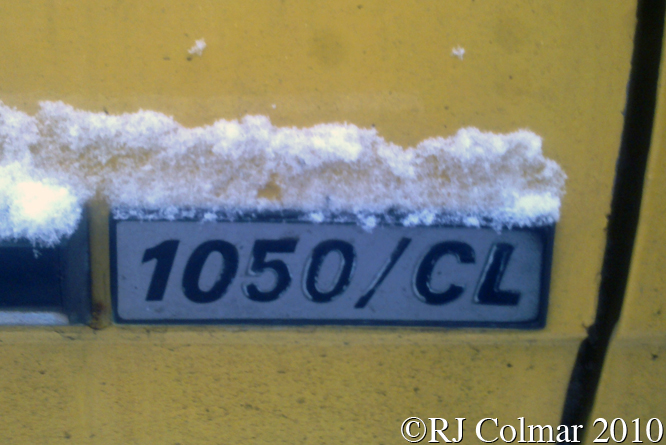
FIAT launched it’s restyled second generation 127 with larger window’s and larger tailgate in May 1977 with the a 50hp 1050cc Brazilian developed and built version of the Aurelio Lampredi designed five bearing OHC FIAT 124 engine offered as an option.
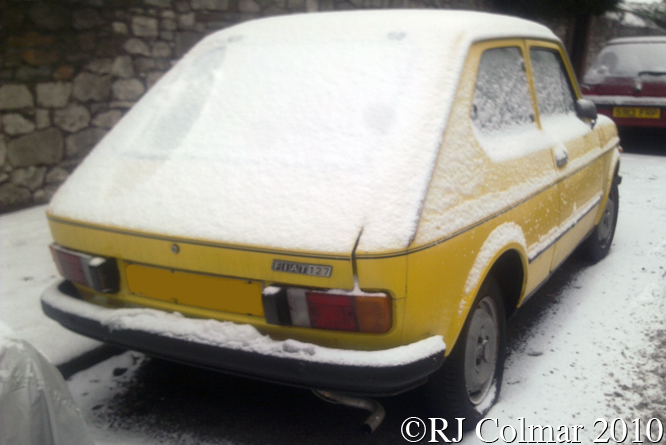
The Brazilian powered 127 seen in these photograph’s was first registered in the UK on the 22nd of January 1979.
Thanks for joining me on this “Brazilian Power” edition of “Gettin’ a li’l psycho on tyres” I hope you will join me again tomorrow when I will be looking at a Formula Junior car. Don’t forget to come back now !


